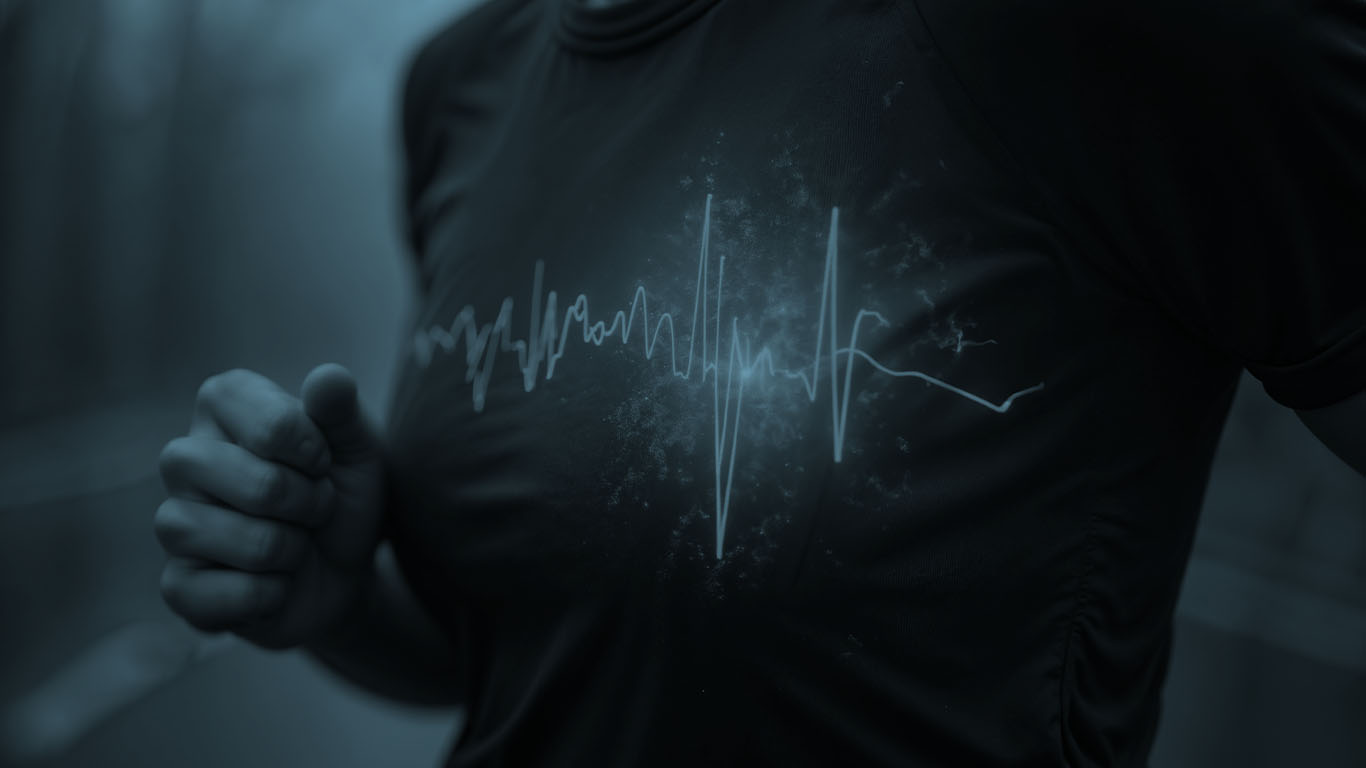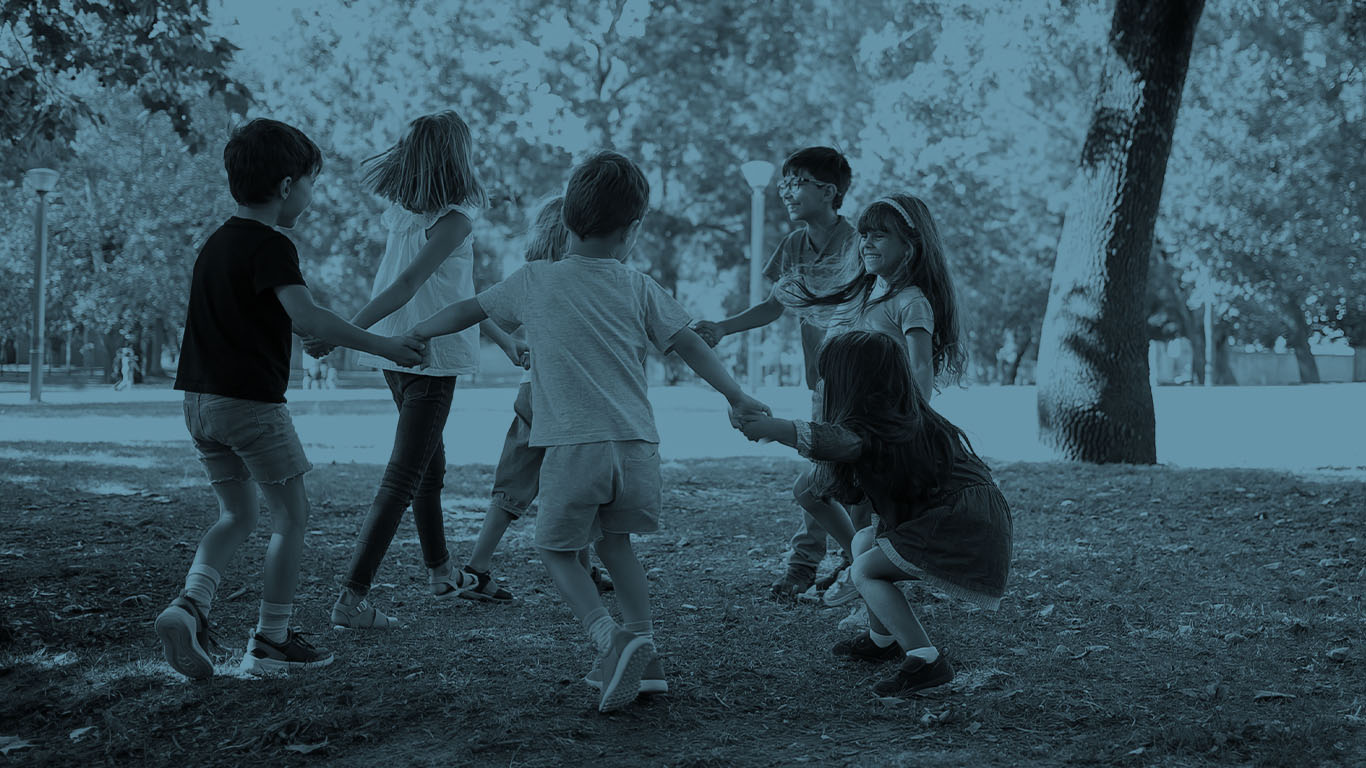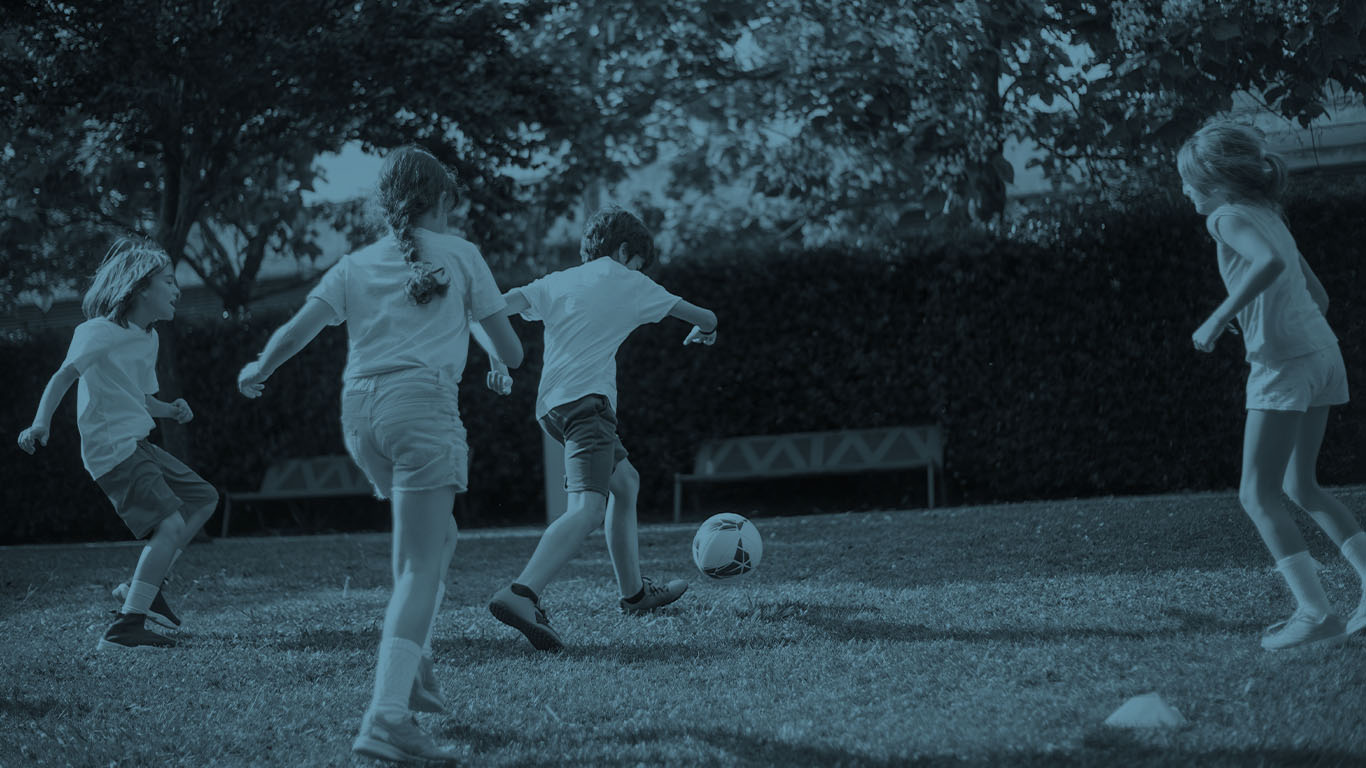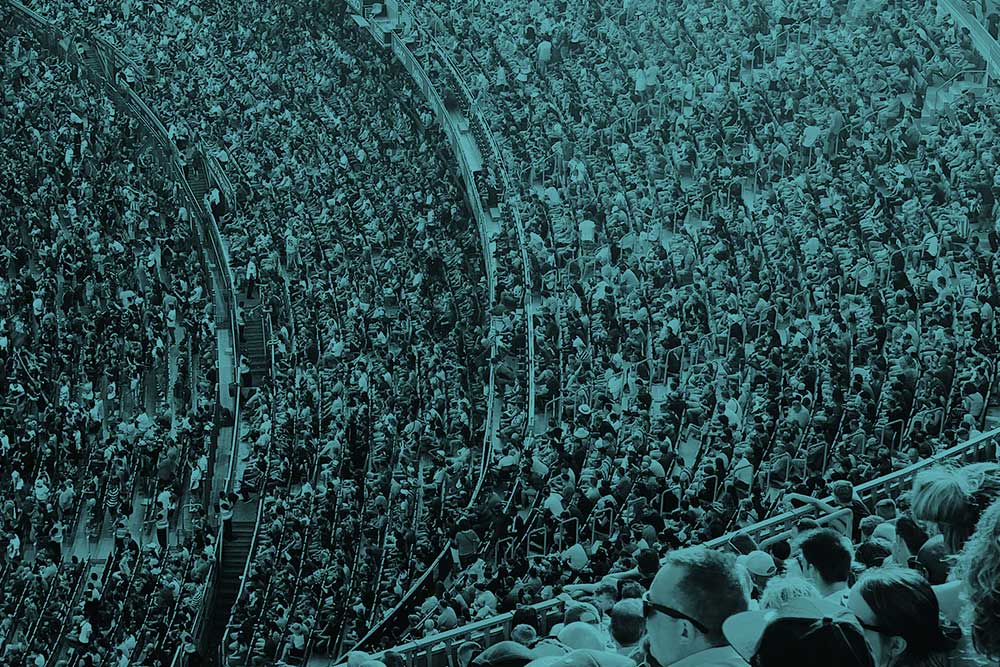Abstract
Out-of-hospital cardiac arrest (OHCA) occurs in nearly 350,000 people each year in the United States (US). Despite advances in pre and in-hospital care, OHCA survival remains low and is highly variable across systems and regions. The critical barrier to improving cardiac arrest outcomes is not a lack of knowledge about effective interventions, but rather the widespread lack of systems of care to deliver interventions known to be successful. The Randomized Cluster Evaluation of Cardiac Arrest Systems (RACE-CARS) trial is a 7-year pragmatic, cluster-randomized trial of 62 counties (57 clusters) in North Carolina using an established registry and is testing whether implementation of a customized set of strategically targeted community-based interventions improves survival to hospital discharge with good neurologic function in OHCA relative to control/standard care. The multifaceted intervention comprises rapid cardiac arrest recognition and systematic bystander CPR instructions by 9-1-1 telecommunicators, comprehensive community CPR training and enhanced early automated external defibrillator (AED) use prior to emergency medical systems (EMS) arrival. Approximately 20,000 patients are expected to be enrolled in the RACE CARS Trial over 4 years of the assessment period. The primary endpoint is survival to hospital discharge with good neurologic outcome defined as a cerebral performance category (CPC) of 1 or 2. Secondary outcomes include the rate of bystander CPR, defibrillation prior to arrival of EMS, and quality of life. They aim to identify successful community- and systems-based strategies to improve outcomes of OHCA using a cluster randomized-controlled trial design that aims to provide a high level of evidence for future application.
Full article;










